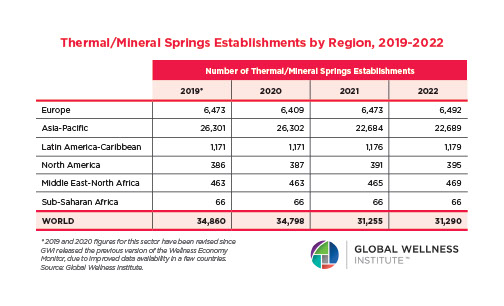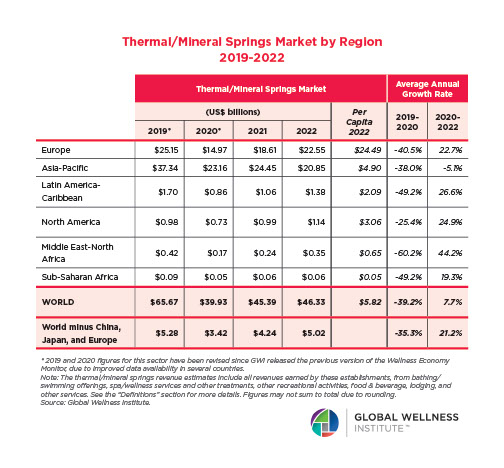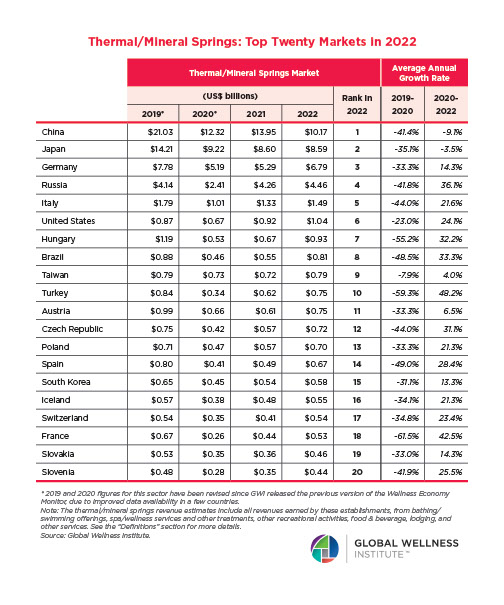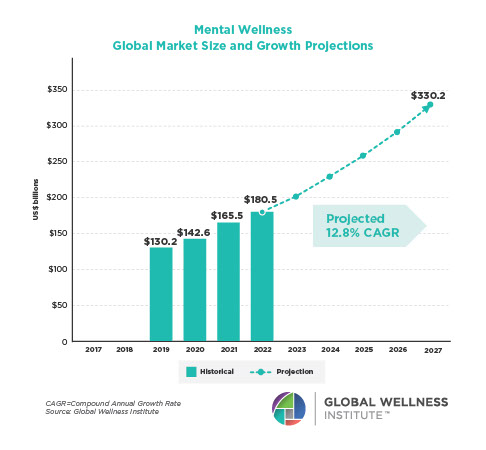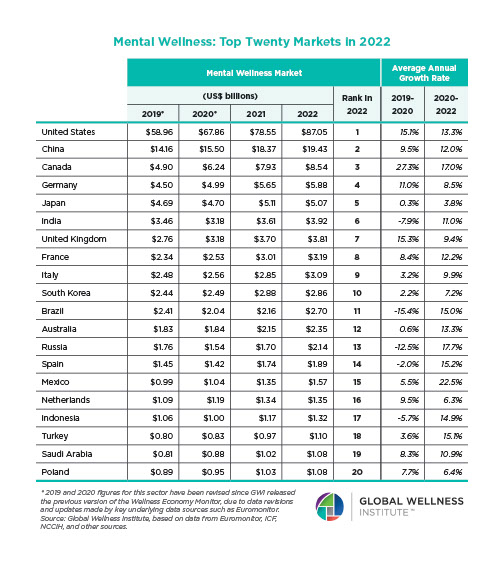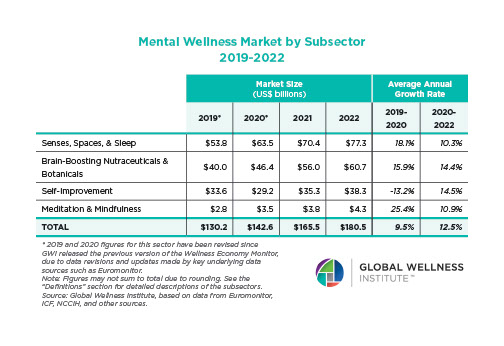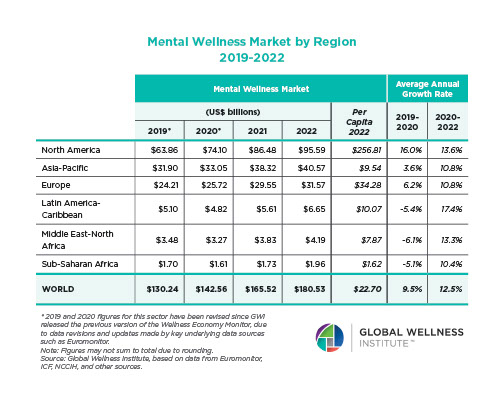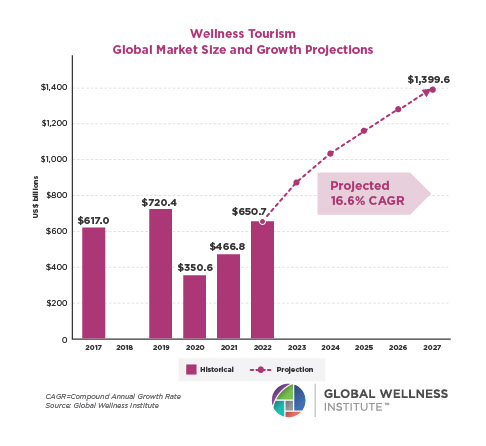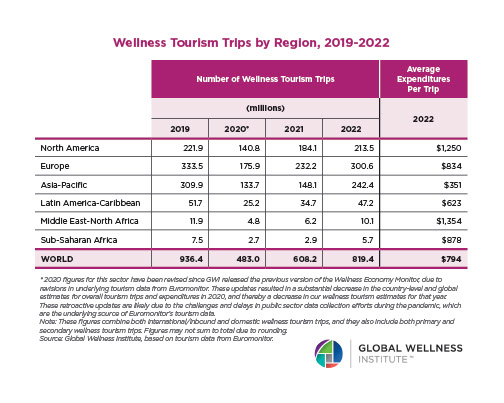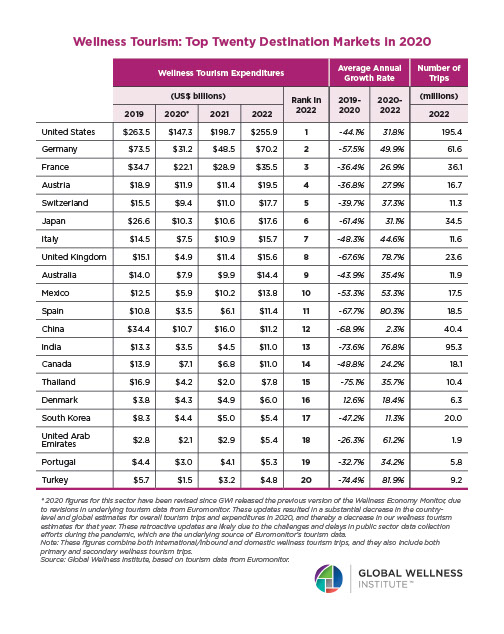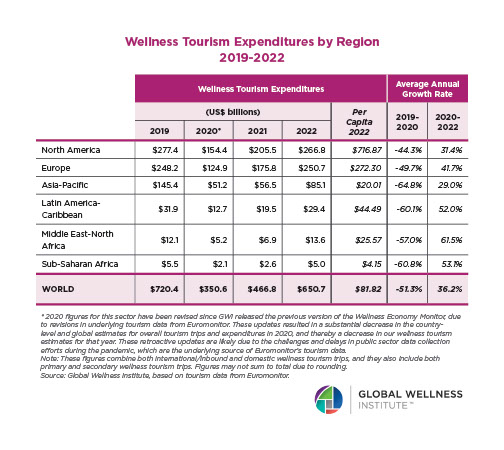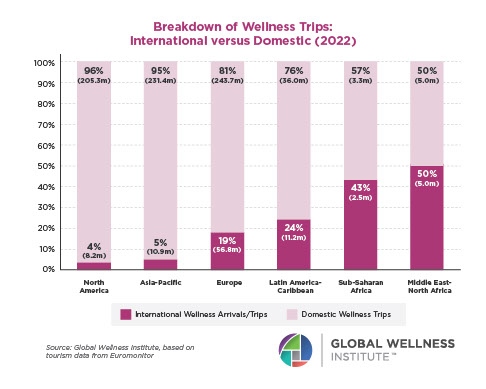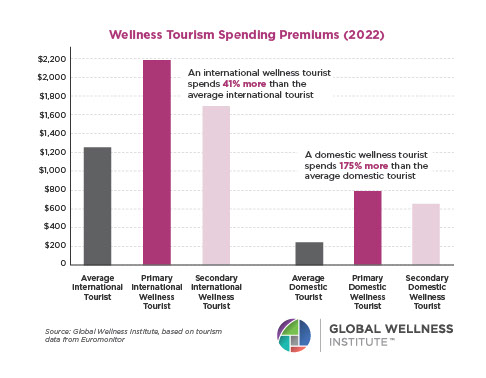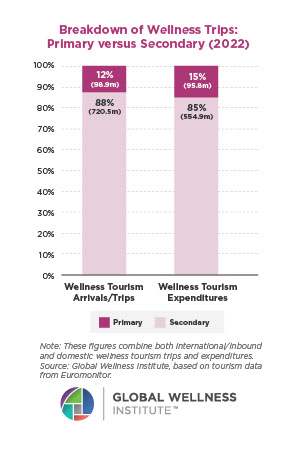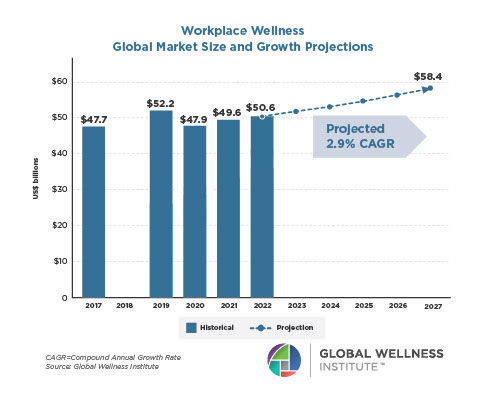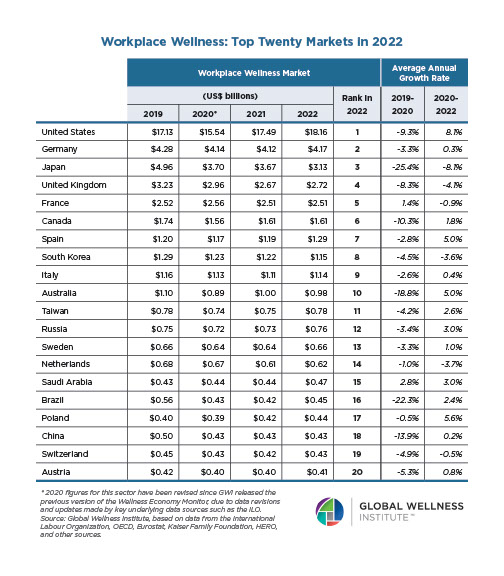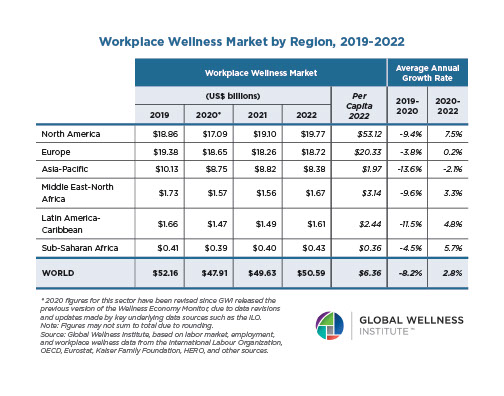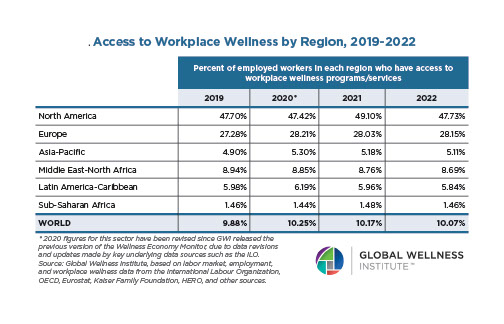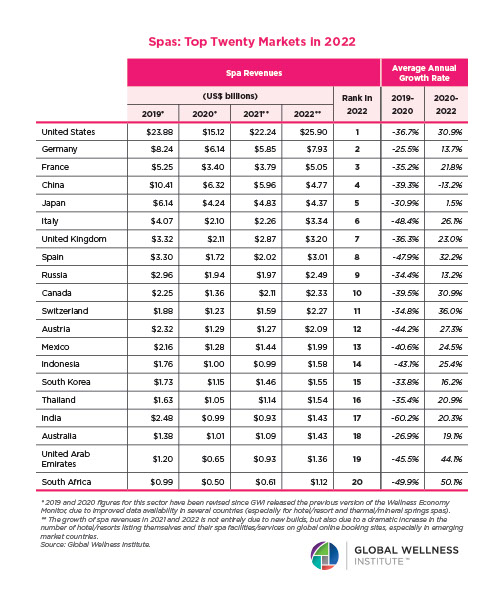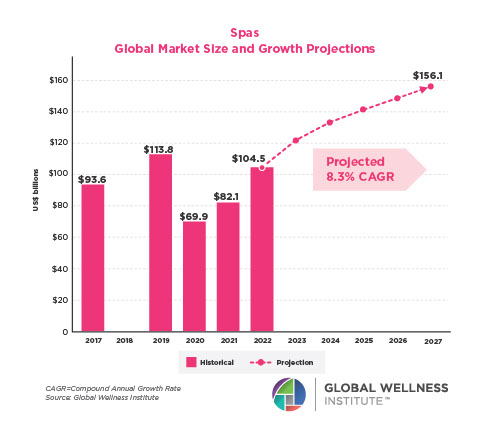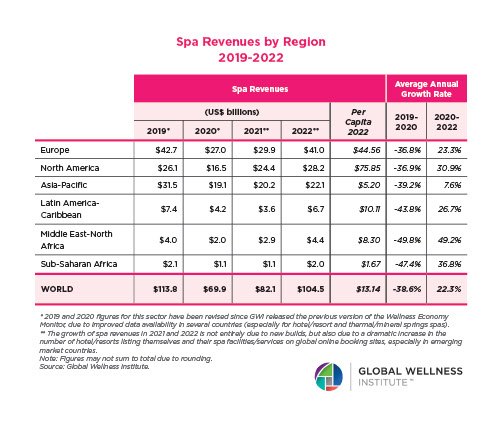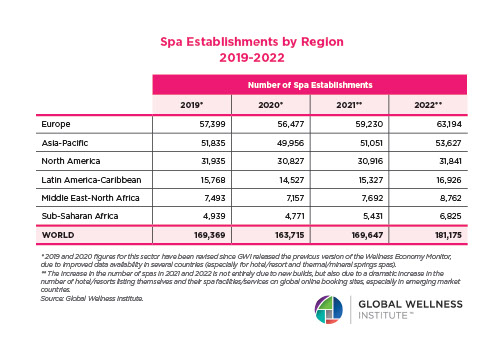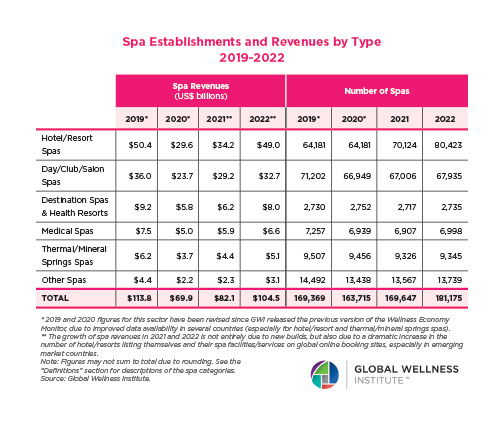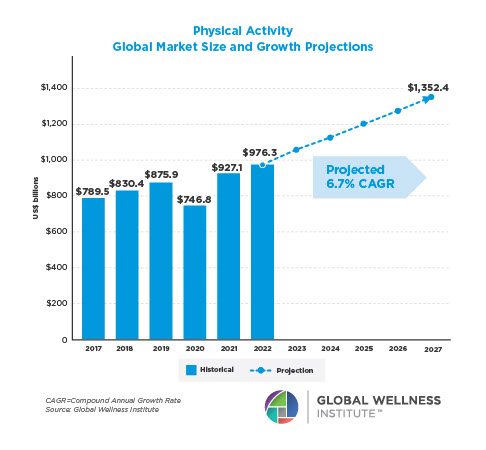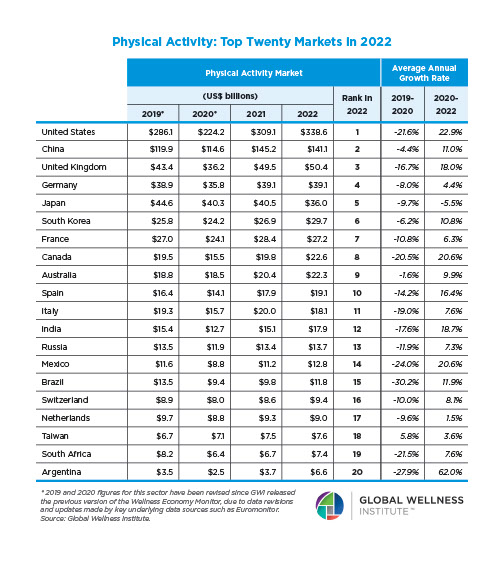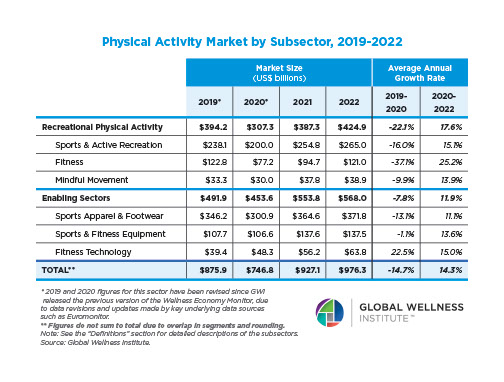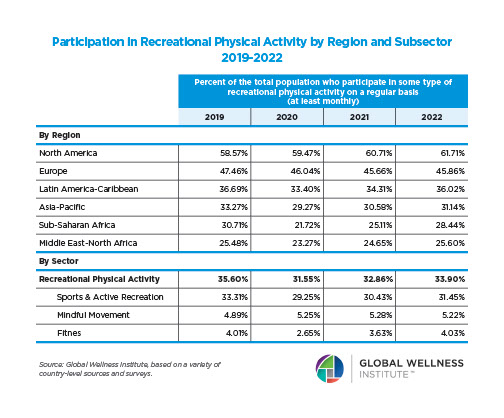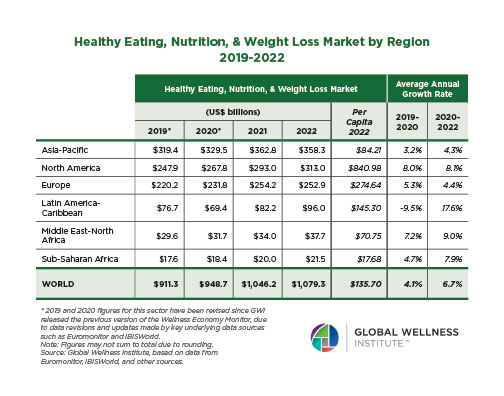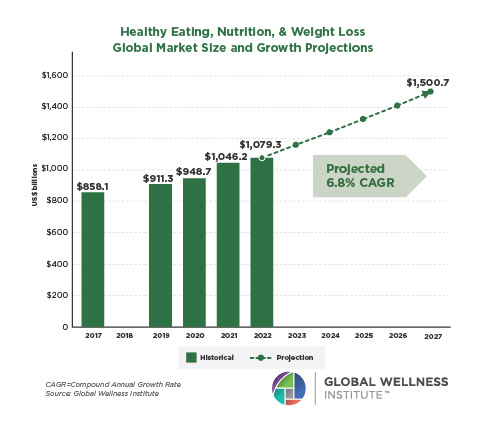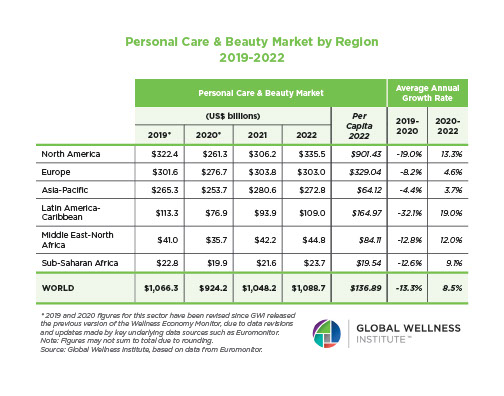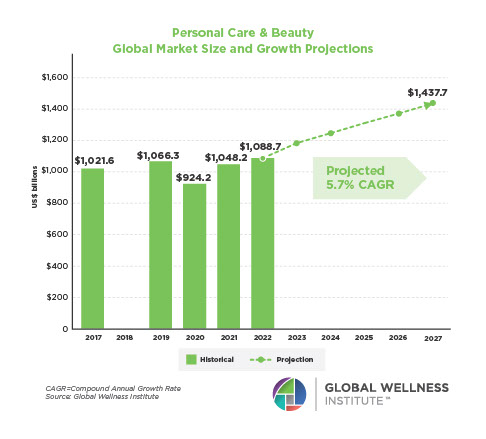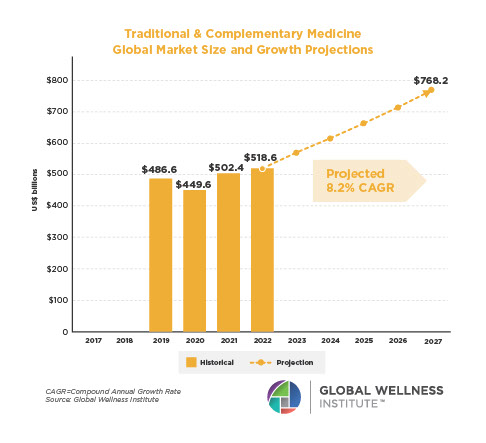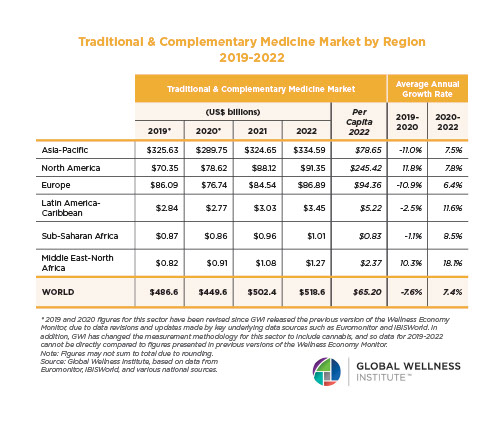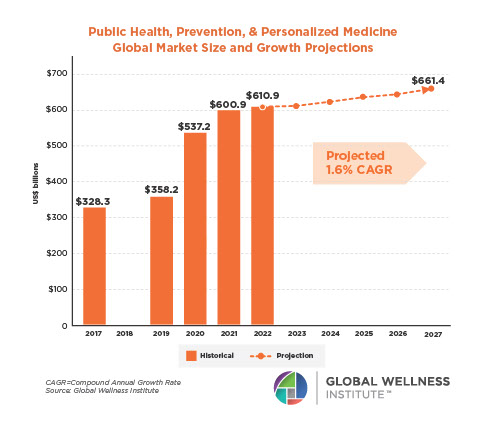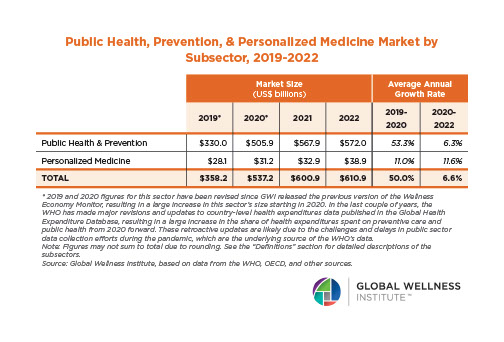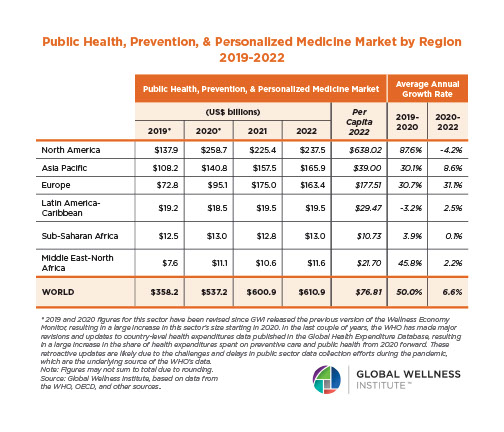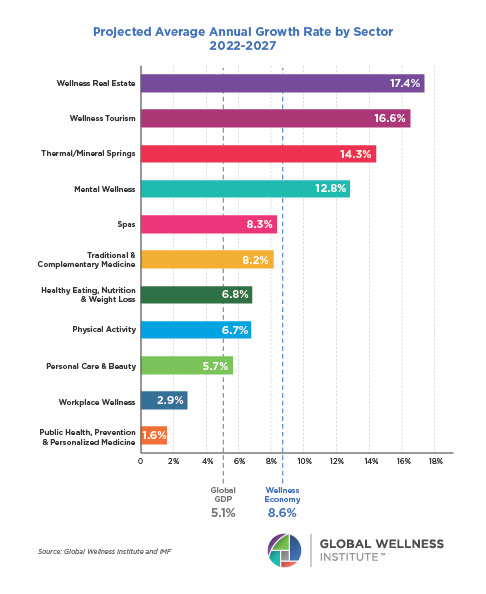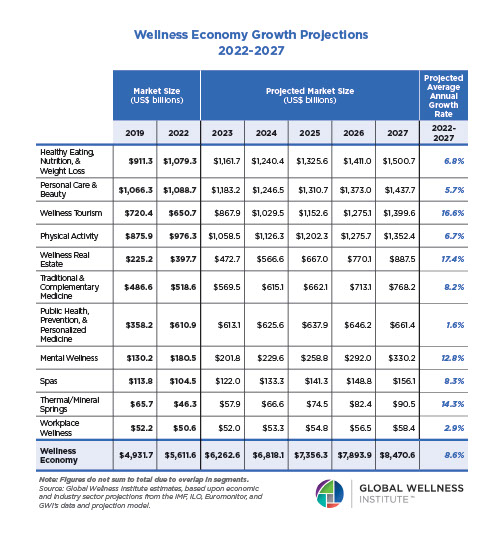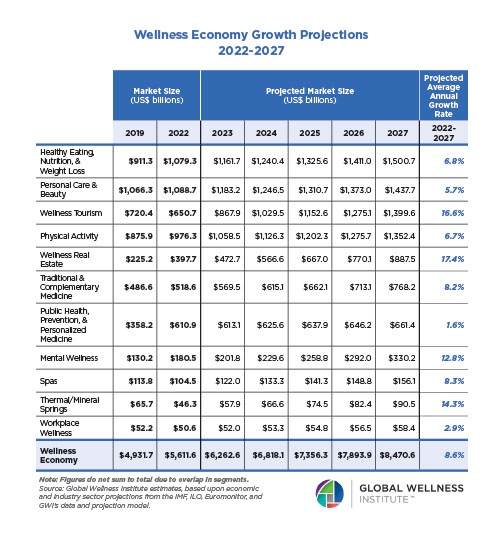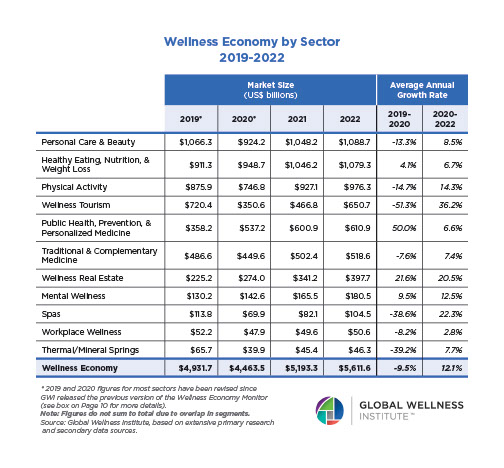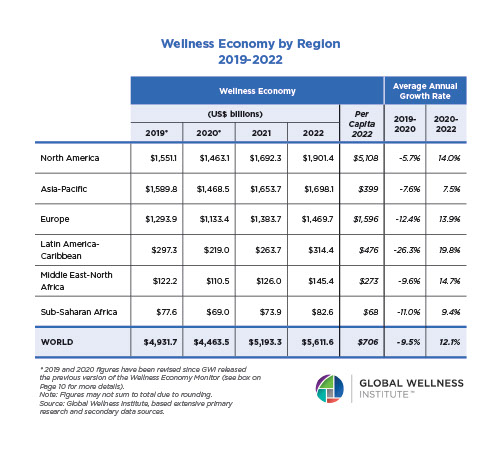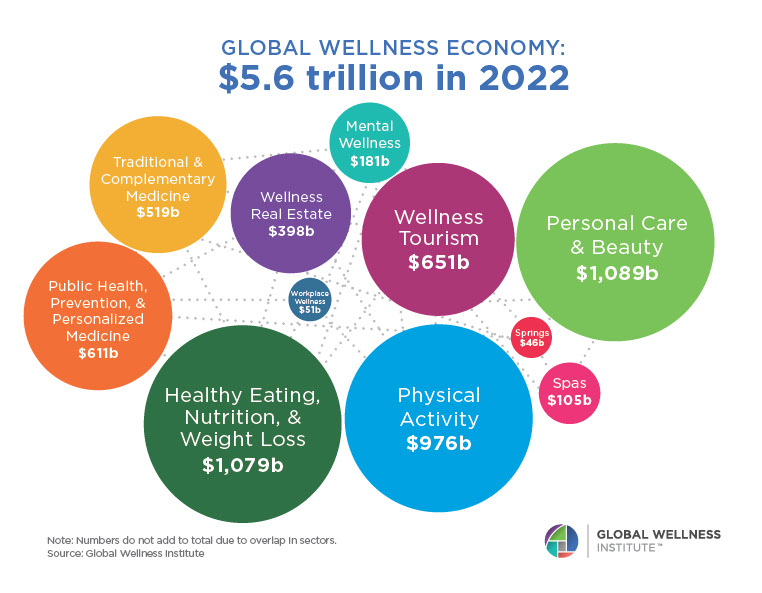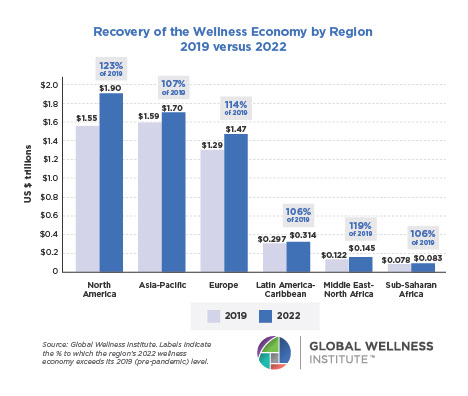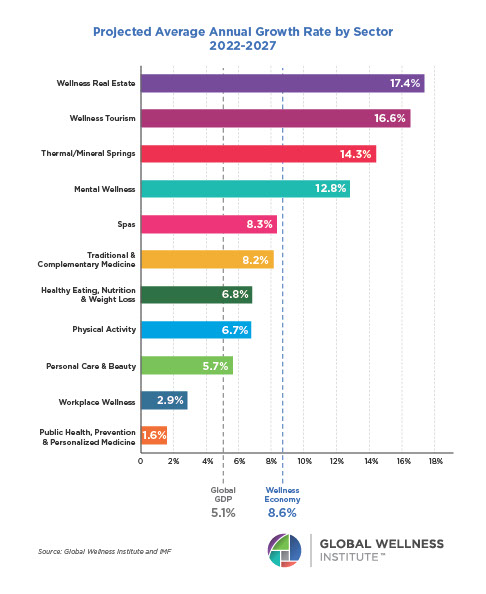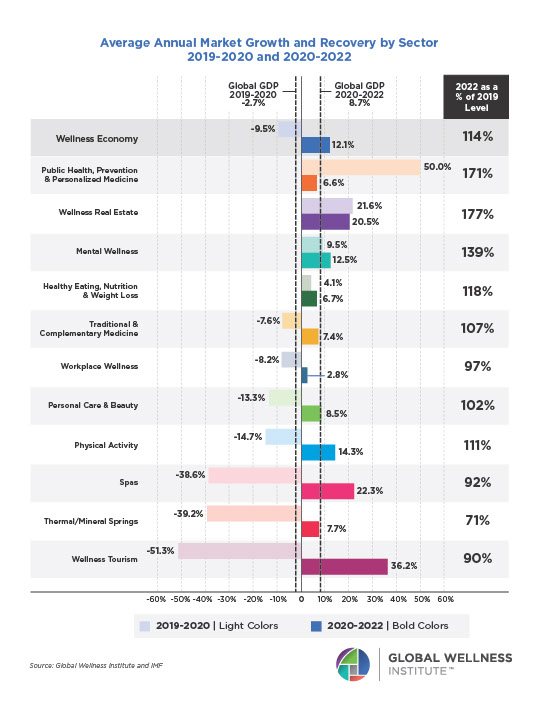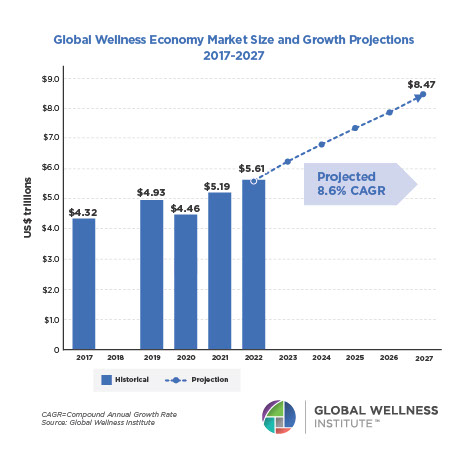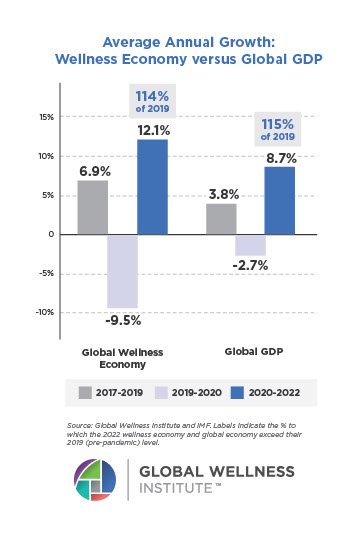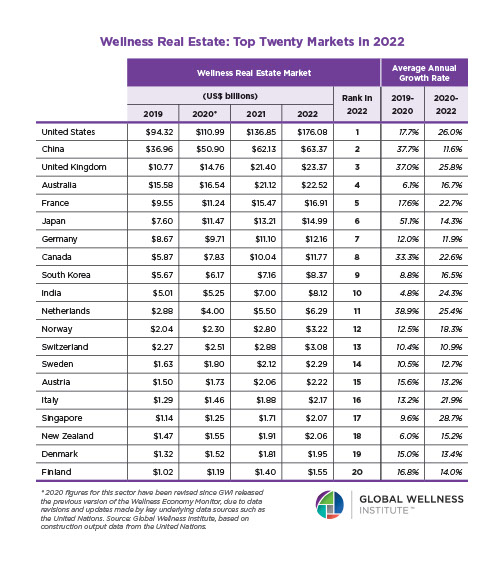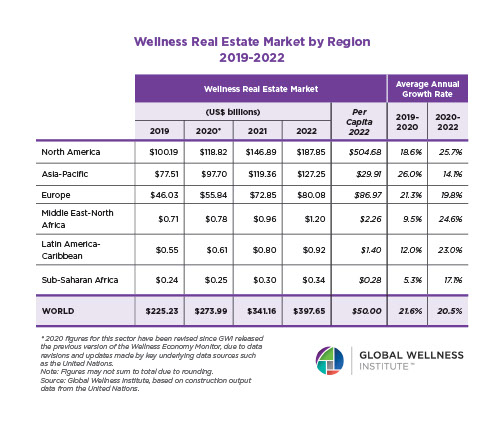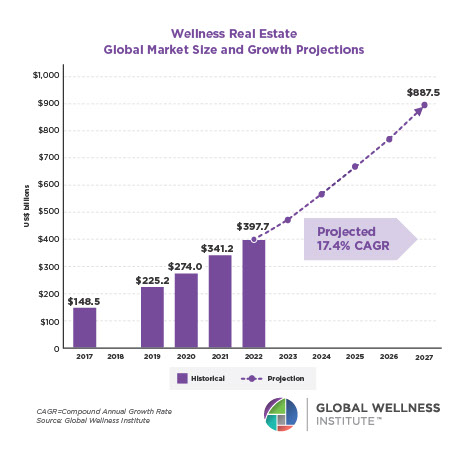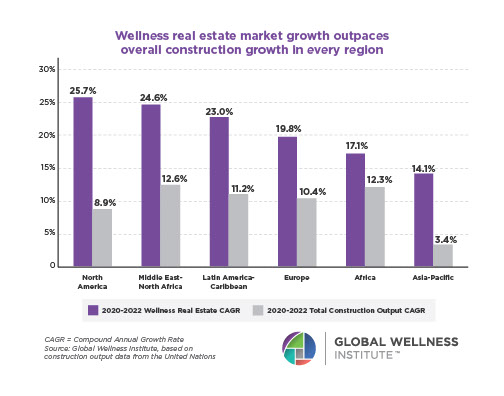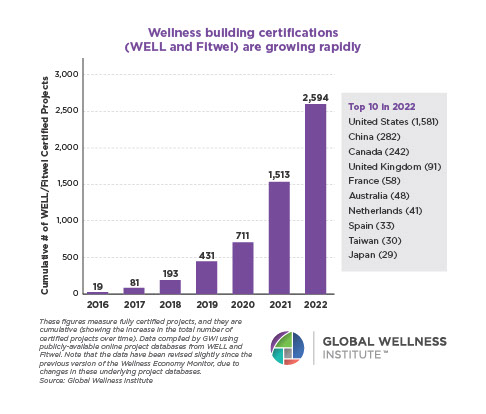Ground has been broken on Liuzhou Forest City in China, where every building – from houses to hotels – is covered with plants and trees. This bold “green city” concept from Italian architect, Stefano Boeri, uses 40,000 trees and one million plants to fight pollution and decrease air temperature and noise.
GWI Roundtable: The Future of Wellness in Architecture, Engineering & Construction
On June 27, at Steelcase headquarters in NYC, the GWI’s Wellness Architecture Initiative, headed by Veronica Schreibeis Smith, held a roundtable on how building for human health and wellness will – and must – transform the architecture, engineering and construction industries. Top experts discussed everything from how to measure the effect that environments have on wellbeing to what degree architects will be held accountable for the health impact of their buildings.

Must-Reads from the Wellness World (Week of July 3, 2017)
“Dr. Andrew Weil Says We’re Taking Too Many Medicines” – The New York Times – June 22, 2017
Dr. Andrew Weil, the integrative medicine pioneer, has a new book, “Mind Over Meds: Know When Drugs Are Necessary, When Alternatives Are Better”. He argues here that people are now taking far too many medicines (whether statins, antidepressants or common cold remedies) – a problem that’s been building this last century because of a mindset on the part of doctors that medication is the only legitimate way to treat disease. (Dr. Weil will keynote at this October’s Global Wellness Summit.)
Chinese Outbound Wellness Tourism will be a Huge Force
Chinese outbound tourism will shape the future of the global wellness industry for years to come. Not only because Chinese tourists are becoming much more health/wellness conscious, but because the Chinese traveling population is so incredibly massive, that even a marginal future increase means big numbers.
Trend to Watch: Will Global Populism Negatively Impact Tourism?
The issue of whether global populism is negatively impacting tourism in general – and wellness tourism in particular – is a burning one, but not easy to address right now. When you look at countries like Turkey or the U.S., there are so many causes to disentangle. Malleret argues that in the long term, countries that “turn inward” will ultimately deter tourism and lose travellers to other more welcoming destinations.
Wellness Evidence Study: Trendy Fasting Delivers No Unique Weight Loss Benefits
Alternate-day fasting has become a trending weight loss strategy, but a new trial on overweight/obese people showed that it offered the exact same benefits as traditional calorie restriction. Randomizing people into those that did every-other-day fasting or a diet restricted to 75 percent less daily calories, researchers found that at six months both the fasters and calorie restriction group lost 6.8 percent of weight (with no difference in blood pressure, cholesterol, etc.). But the fasters saw the biggest dropout rate.

